
Are you trying to choose a pump for your water fountain, but not sure whether a submersible or inline pump is the best option? It can be confusing to know which type of pump will work best for your needs, especially if you're not familiar with the differences between the two.
A water fountain is any outdoor feature that includes water, such as a pond, fountain, or pool. The purpose of a pump in a water fountain is to circulate the water, which helps to keep it clean and oxygenated and can create a visual and auditory display. There are several types of pumps to choose from, but two of the most common are submersible pumps and inline pumps.
In this article, we will compare submersible and inline pumps for water fountains, and discuss the advantages and disadvantages of each type so that you can make an informed decision on which one is right for you. We'll start by explaining what each type of pump is and how it works, and then move on to a detailed comparison of their relative strengths and weaknesses. By the end of this post, you should have a good understanding of the pros and cons of each type of pump and be able to make an informed choice based on your specific needs.
What is a submersible pump?
A submersible pump is a type of pump that is designed to be fully submerged in water. It is typically used to pump water from a lower to a higher elevation, such as from a well or a pond to a fountain or waterfall.
How does a submersible pump work? The basic principle is quite simple. The pump is powered by an electric motor, which drives a impeller, a device that moves the water through the pump. As the impeller rotates, it creates a flow of water through the pump, which is then discharged at a higher elevation.
Submersible pumps are very versatile and can be used in a variety of water fountains. Some common examples include ponds, fountains, and waterfalls. They are relatively easy to install, as they can simply be dropped into the water and plugged in.
One of the main advantages of submersible pumps is their energy efficiency. Because they are fully submerged in the water, they do not have to work as hard to move the water, which means they use less energy and produce less heat. This makes them a good choice for water fountains that need to be continuously running, as they will not overheat and burn out as easily as other types of pumps.
Overall, submersible pumps are a popular choice for water fountains because of their versatility, ease of installation, and energy efficiency. However, they do require some maintenance, such as cleaning and replacing the impeller, to keep them running smoothly.
What is an inline pump?
An inline pump is a type of pump that is installed outside of the water and is connected to the water source by pipes. It is typically used to pump water over a long distance or to a higher elevation, such as from a well to a irrigation system or from a pool to a water slide.
How does an inline pump work? The basic principle is similar to that of a submersible pump. The pump is powered by an electric motor, which drives an impeller, a device that moves the water through the pump. As the impeller rotates, it creates a flow of water through the pump, which is then discharged at a higher elevation or over a longer distance.
Inline pumps are often used in larger water fountains or systems that require a lot of water flow, such as irrigation systems, pools, and spas. They are also commonly used in commercial and industrial settings, such as for fire suppression or process water.
One of the main advantages of inline pumps is their durability. Because they are not submerged in water, they are less prone to corrosion and other types of wear and tear. This makes them a good choice for water fountains that need to run continuously or that are located in harsh environments.
Inline pumps also have the advantage of being easy to maintain. Because they are installed outside of the water, they are more accessible for cleaning and maintenance tasks. However, they do require professional installation, as they need to be connected to the water source and to the discharge point by pipes.
Overall, inline pumps are a good choice for water fountains that require a lot of water flow. They are durable and easy to maintain, but they do require professional installation and may not be as energy efficient as submersible pumps.
Comparison of submersible and inline pumps
Now that we have explained the basics of submersible and inline pumps, let's compare the two types in more detail.
Advantages of submersible pumps:
* Ease of installation: Submersible pumps are relatively easy to install, as they can simply be dropped into the water and plugged in. No special tools or expertise are required.
* Versatility: Submersible pumps are very versatile and can be used in a variety of water fountains, such as ponds, fountains, and waterfalls. They are available in a range of sizes and flow rates to suit different needs.
* Energy efficiency: Submersible pumps are more energy efficient than other types of pumps, as they do not have to work as hard to move the water. This makes them a good choice for water fountains that need to be continuously running.
* Noise: Submersible pumps are generally quieter than inline pumps since they are submerged in water, which helps to dampen the sound. Inline pumps, on the other hand, can be quite loud since they are installed outside of the water fountain.
* Cost: Submersible pumps are generally less expensive than inline pumps, making them a good choice for those on a budget. However, if you have a large water fountain, you may need to invest in an inline pump to ensure proper water circulation.
Advantages of inline pumps:
* Ease of maintenance: Inline pumps are easy to maintain, as they are installed outside of the water and are more accessible for cleaning and maintenance tasks.
* Durability: Inline pumps are more durable than submersible pumps, as they are not submerged in water and are less prone to corrosion and other types of wear and tear. This makes them a good choice for water fountains that need to run continuously or that are located in harsh environments.
* Ability to pump large volumes of water: Inline pumps are capable of pumping larger volumes of water than submersible pumps, as they are more powerful and have a higher flow rate. This makes them a good choice for water fountains that require a lot of water flow.
Disadvantages of submersible pumps:
* Need for regular maintenance: Submersible pumps require regular maintenance, such as cleaning and replacing the impeller, to keep them running smoothly. If they are not properly maintained, they can become clogged or fail.
* Risk of clogging: Submersible pumps are more prone to clogging than inline pumps, as they are submerged in water and can become blocked by debris. This can reduce their flow rate and efficiency.
Disadvantages of inline pumps:
* Need for professional installation: Inline pumps require professional installation, as they need to be connected to the water source and to the discharge point by pipes. This can be more expensive and time-consuming than installing a submersible pump.
* Risk of leaks: Inline pumps are more prone to leaks than submersible pumps, as they have multiple connections and seals that can fail. This can result in water loss and damage to the surrounding area.
Final Thoughts
In this article, we have compared submersible and inline pumps for water fountains, and discussed the advantages and disadvantages of each type. We've seen that both types of pumps have their strengths and weaknesses, and the best choice for your water fountain will depend on your specific needs.
If you are still unsure which type of pump is right for your water fountain, it is a good idea to do some further research or seek the advice of a professional. There are many factors to consider, such as the size and shape of your water fountain, the type of water source, and your budget.
Frequently Asked Questions
What size water fountain is best for a submersible pump?
Submersible pumps are best suited for small to medium-sized water fountains. If you have a larger water fountain, you may need to invest in an inline pump to ensure proper water circulation.
How often should I maintain my submersible pump?
Submersible pumps require less maintenance than inline pumps since they are not exposed to the elements. However, you should still check and clean your submersible pump every few months to ensure that it is working properly.
Can I use an inline pump for an indoor water fountain?
Yes, you can use an inline pump for an indoor water fountain. However, since inline pumps can be quite loud, you may want to consider installing the pump in a separate room or enclosure to reduce noise.
Can I connect multiple water fountains to a single pump?
Yes, you can connect multiple water fountains to a single pump. However, you will need to make sure that the pump has a high enough flow rate to move water to all of the water fountains.
Can I install an inline pump myself?
Inline pumps require more complex installation than submersible pumps and may require the services of a professional plumber or contractor. However, if you have experience with plumbing and feel comfortable with the installation process, you may be able to install the pump yourself.
Can a submersible pump be used in saltwater?
Submersible pumps can be used in saltwater, but you will need to choose a pump that is specifically designed for that purpose. Saltwater can corrode certain types of pumps, so it's important to choose the right pump for your needs.
How long does a submersible pump last?
The lifespan of a submersible pump can vary depending on how often it is used, how well it is maintained, and the quality of the pump. On average, a submersible pump can last for 5-15 years, but some pumps may last longer.
How do I choose the right size pump for my water fountain?
To choose the right size pump for your water fountain, you will need to consider the size of the feature, the desired flow rate, and the head height of the feature. It's important to choose a pump that can provide the right flow rate to ensure proper water circulation.
How do I troubleshoot problems with my pump?
If your pump is not working properly, there are a few things you can try before calling a professional. First, check the power supply to make sure the pump is getting power. Then, check the pump intake to make sure it is not clogged with debris. If these steps don't work, it may be time to call a professional.
Related Articles
How to choose the right water feature
Comprehensive Guide to Solar Powered Water fountains
Concrete Water fountains- a Comprehensive Guide
Installing a Water Fountain: A Step-by-Step Guide
Guide on Tiered Water Fountains
Best Material for a Water fountain
How to choose the right pump for Your Water Feature?
Frequently Asked Questions About Water Features


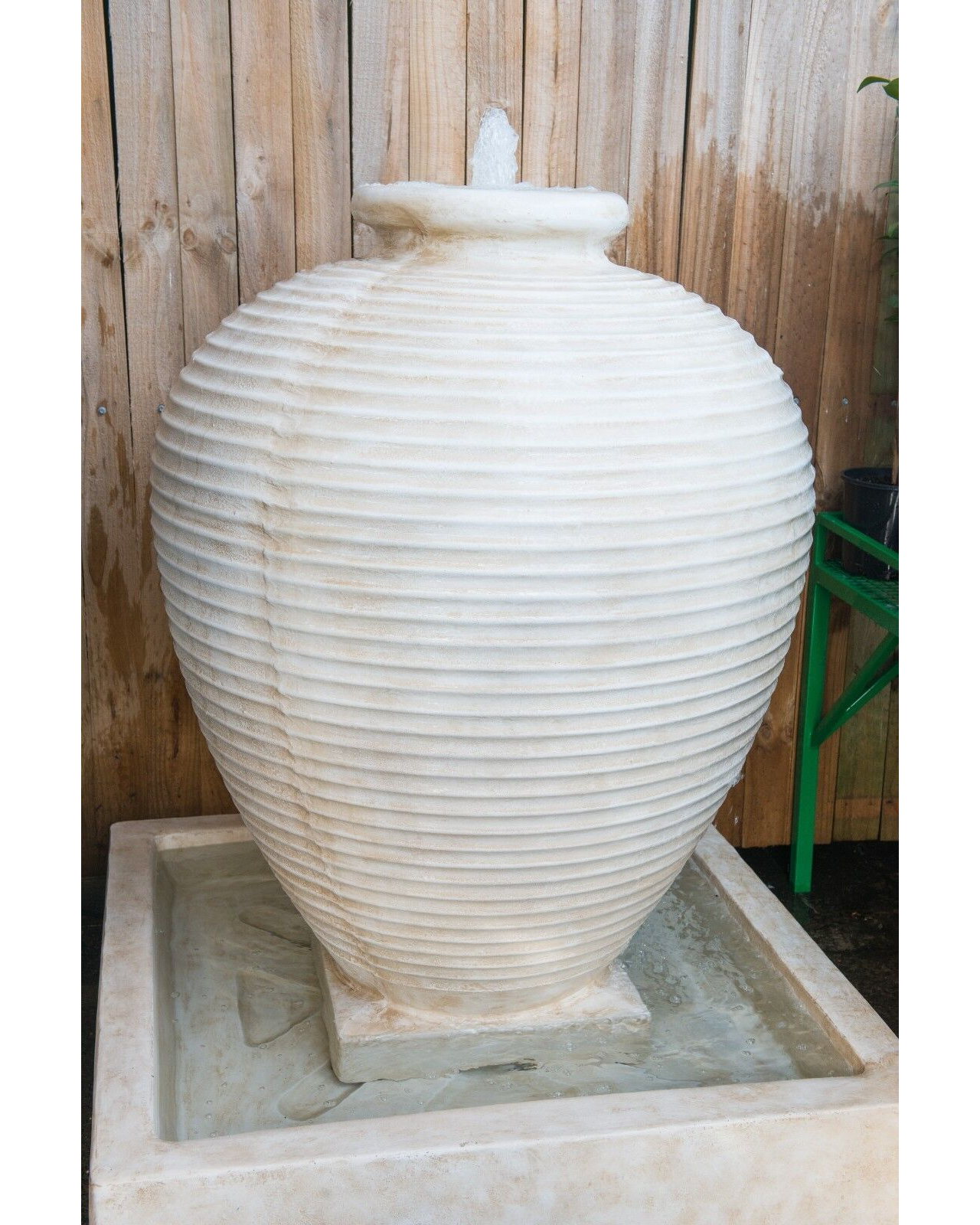

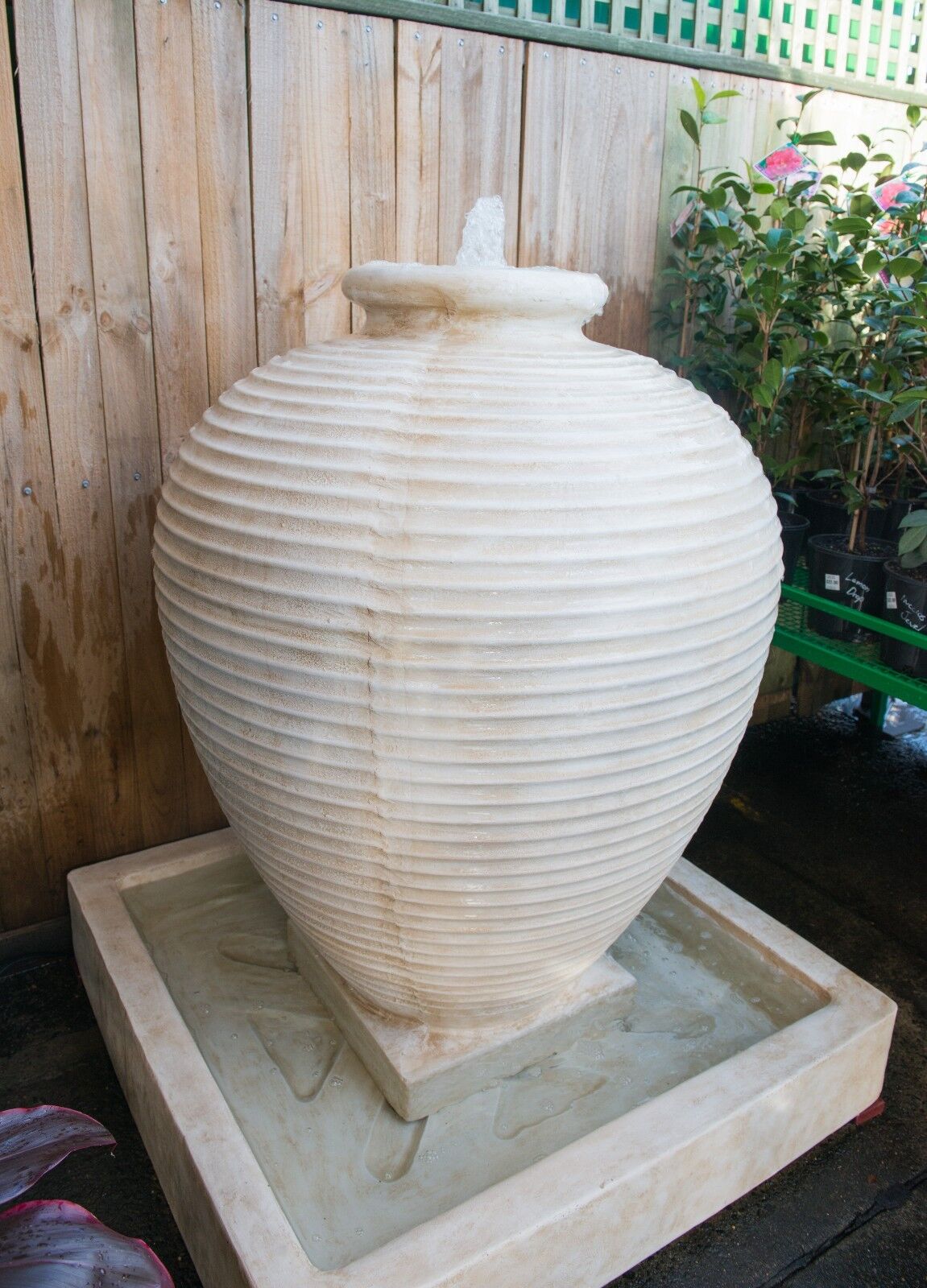
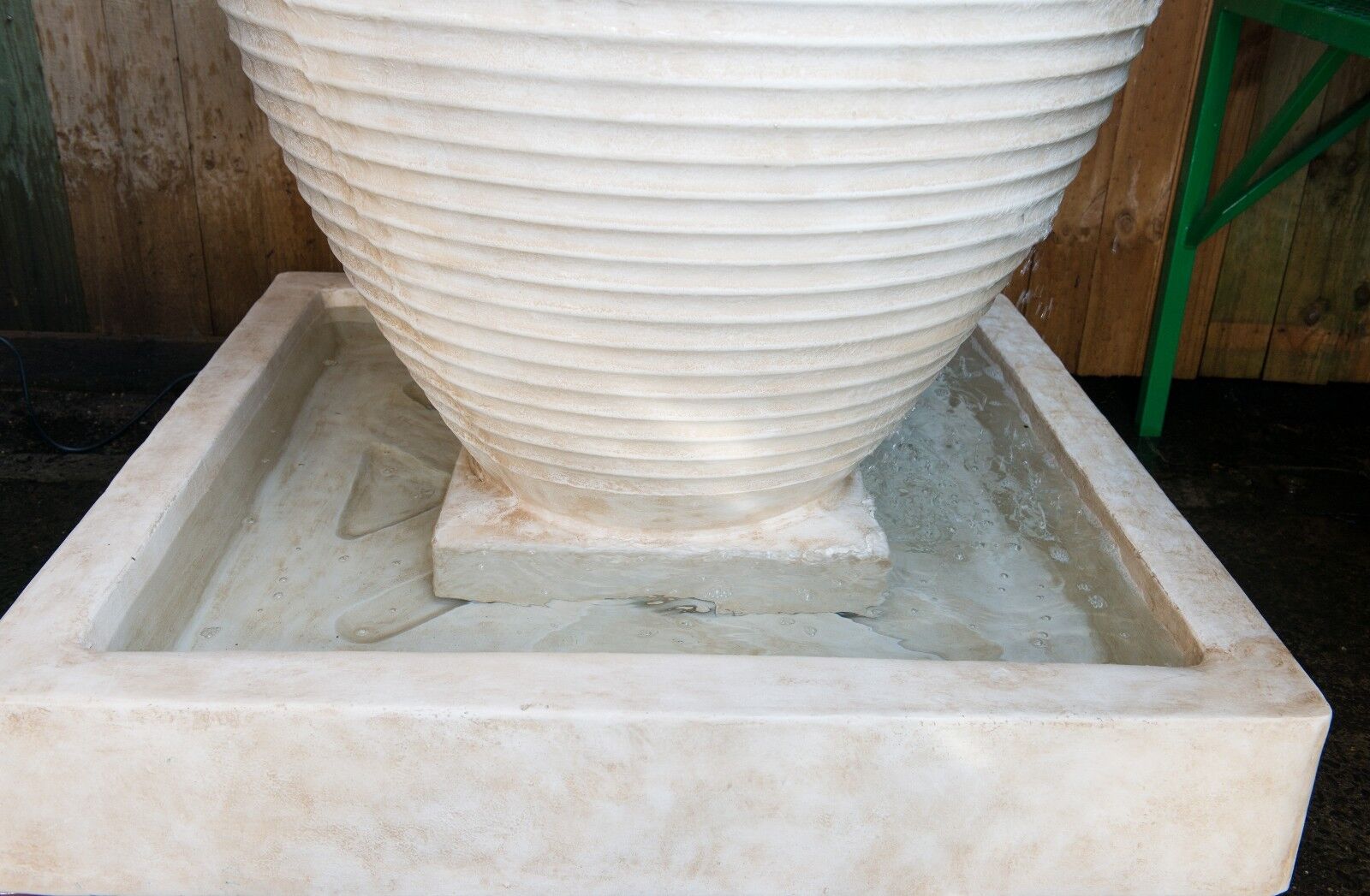
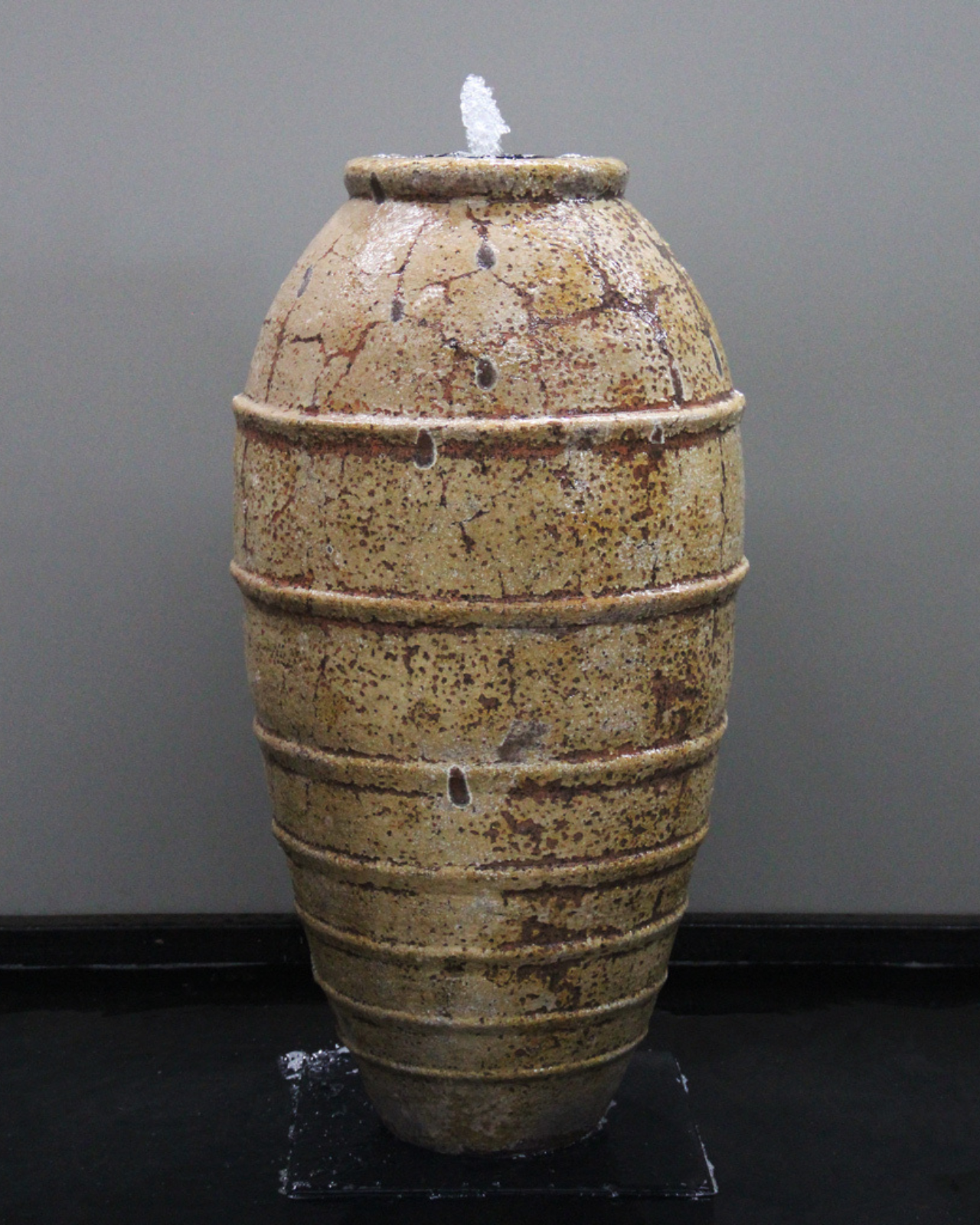

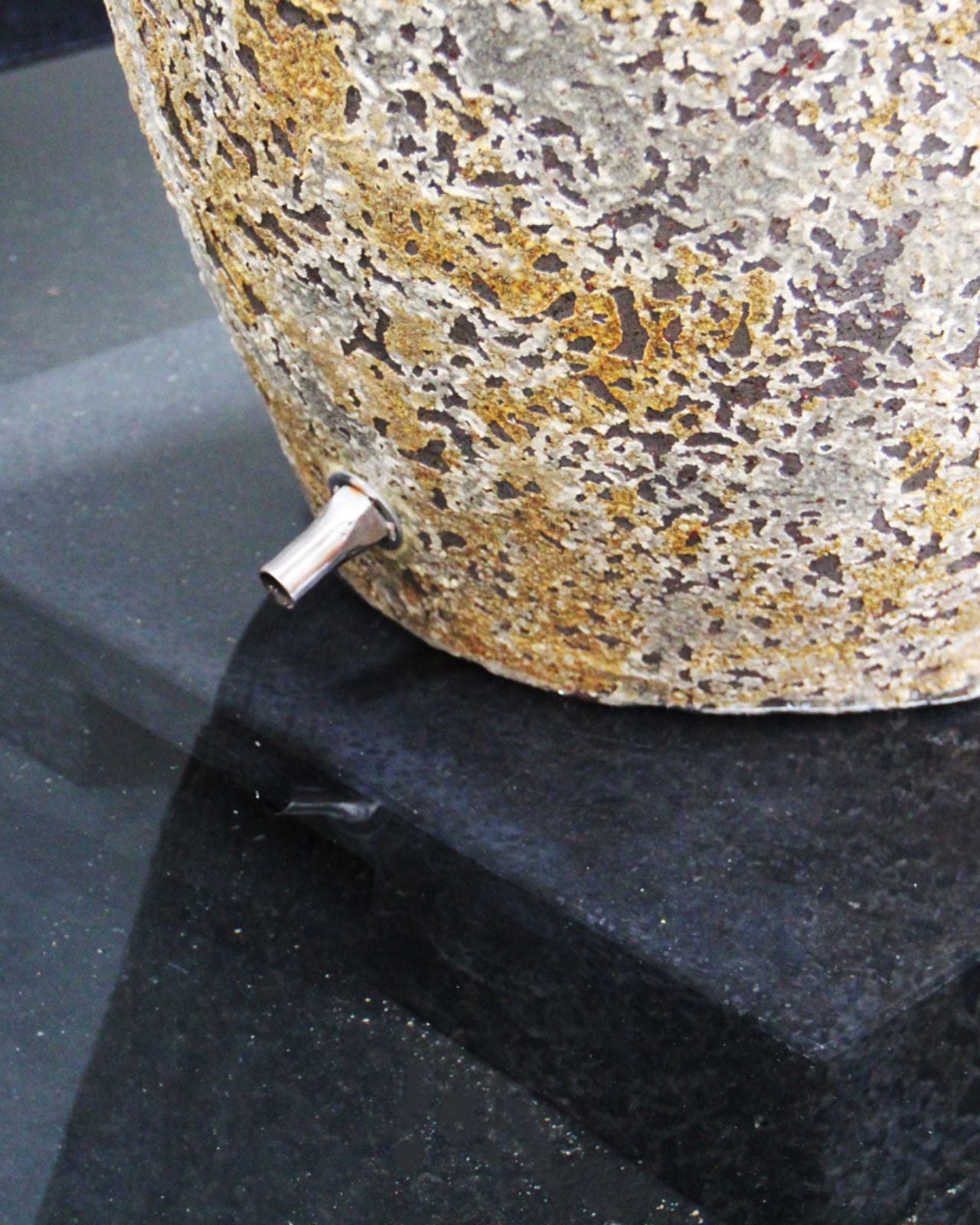
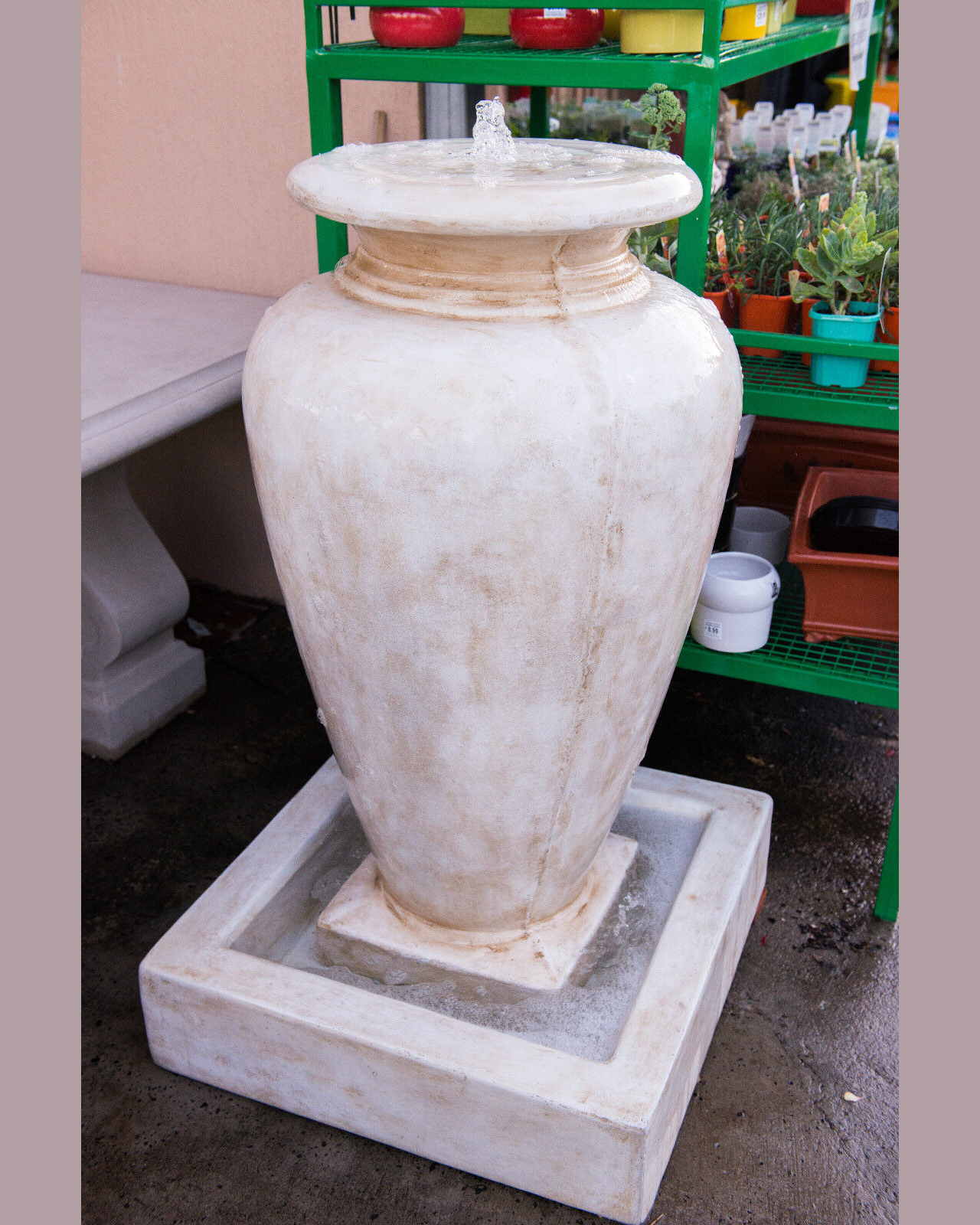

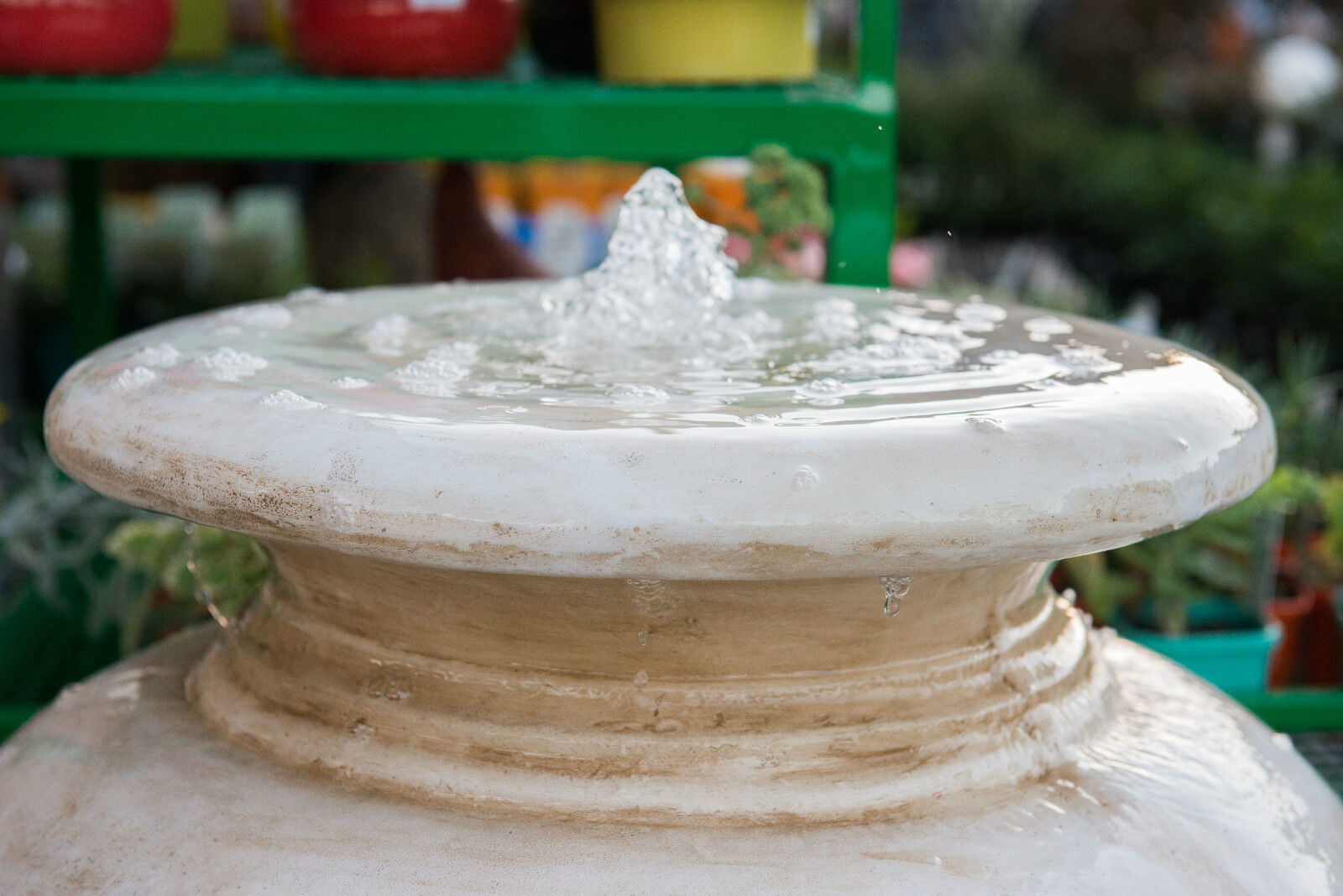
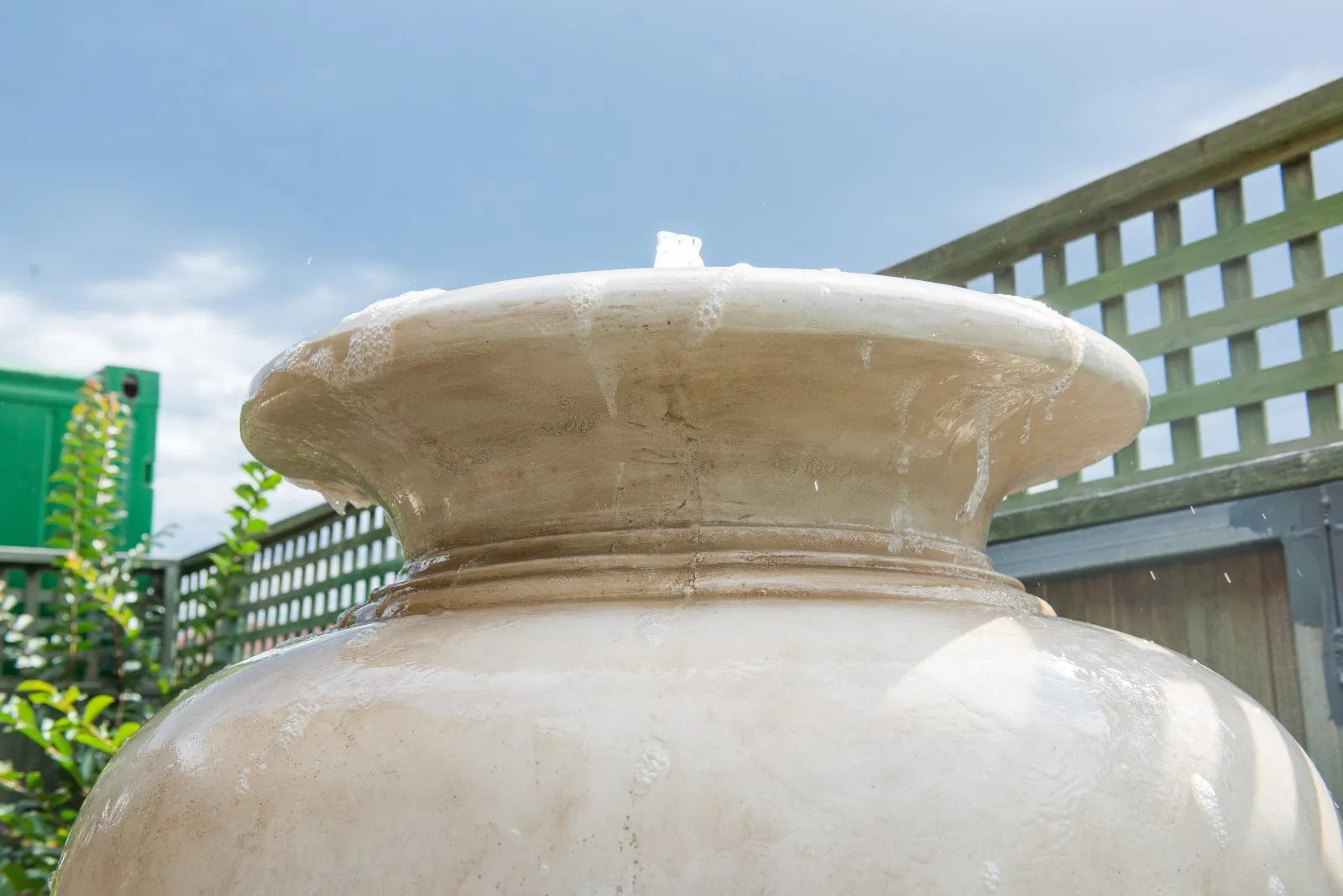
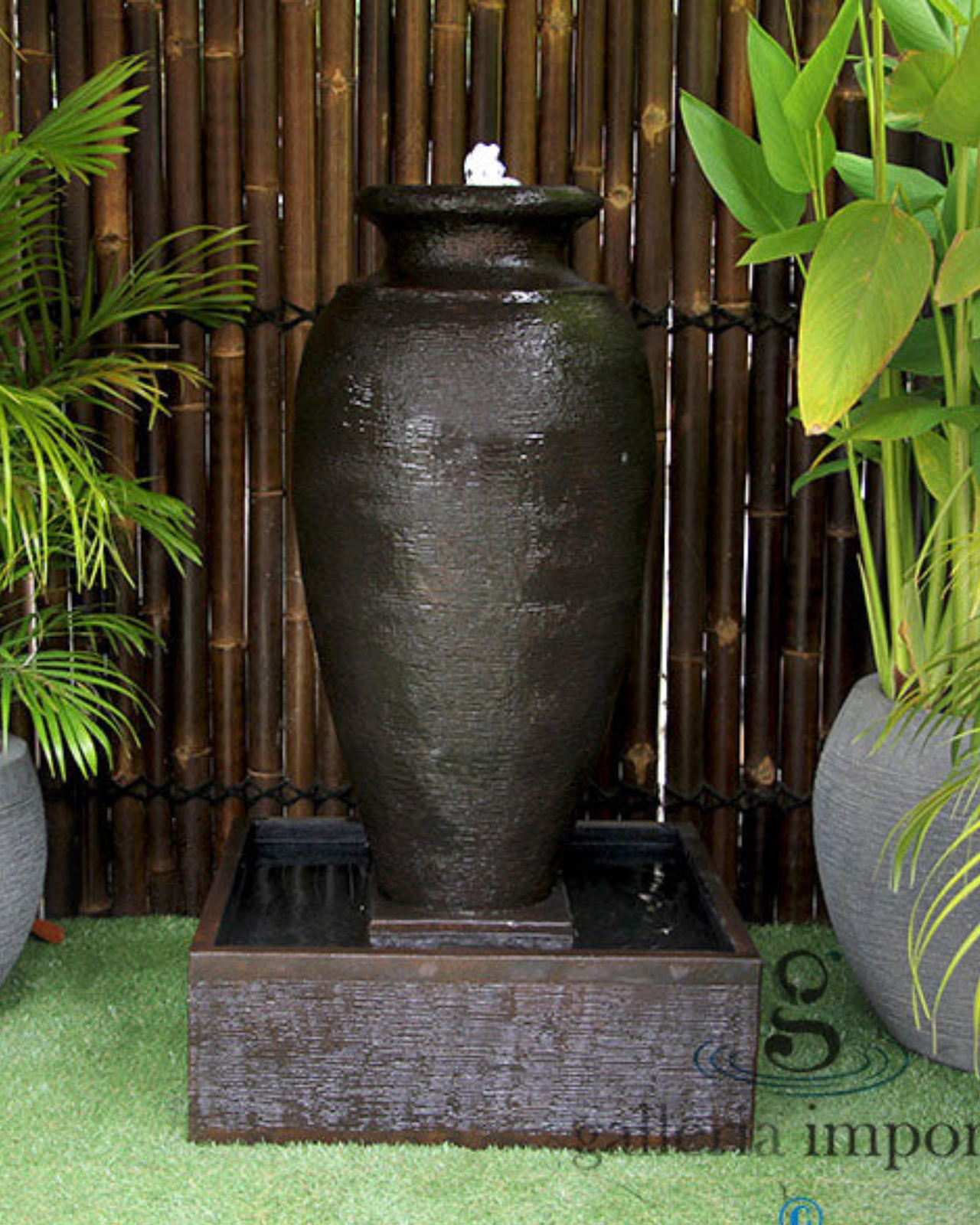

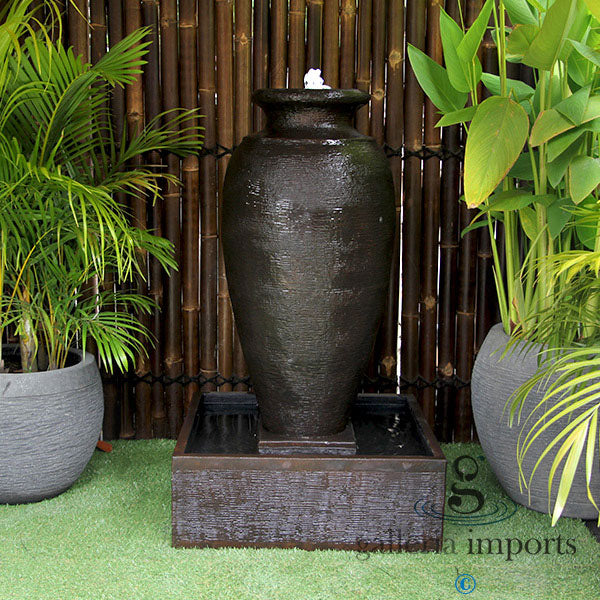
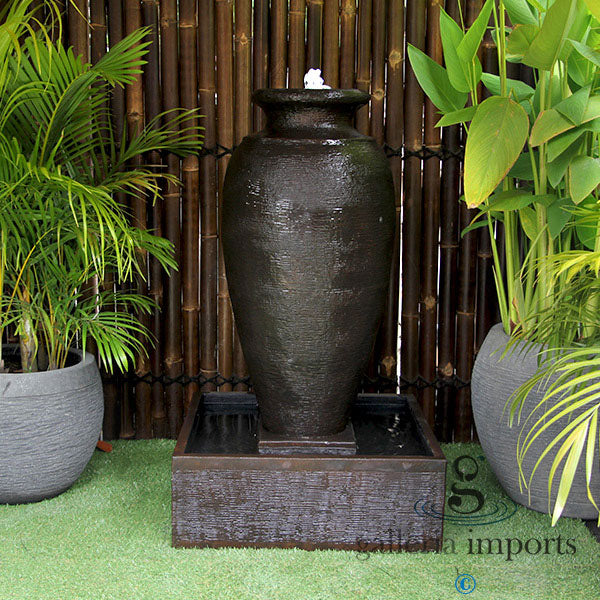
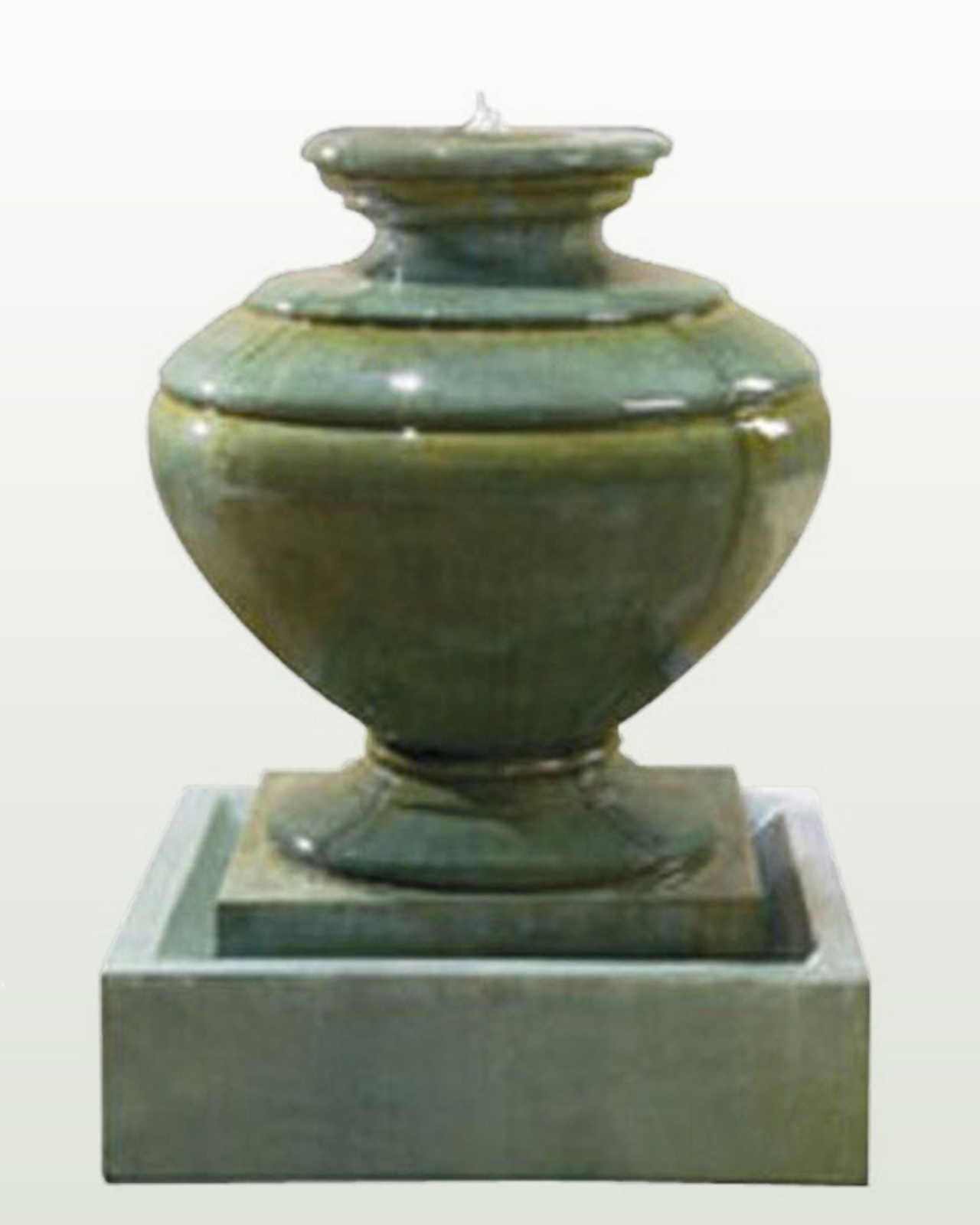
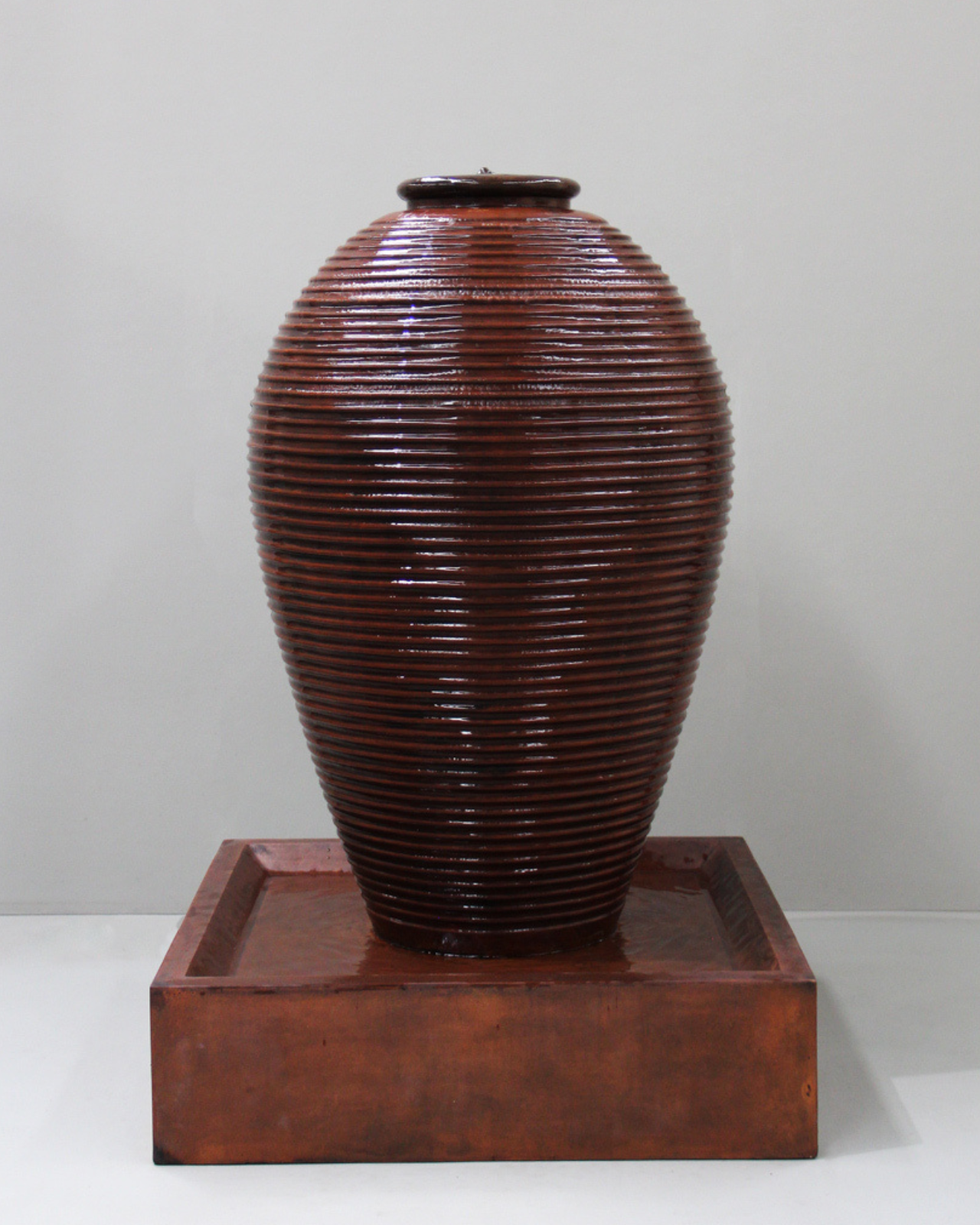
Share:
How to Choose the Right Pump for Your Water Feature?